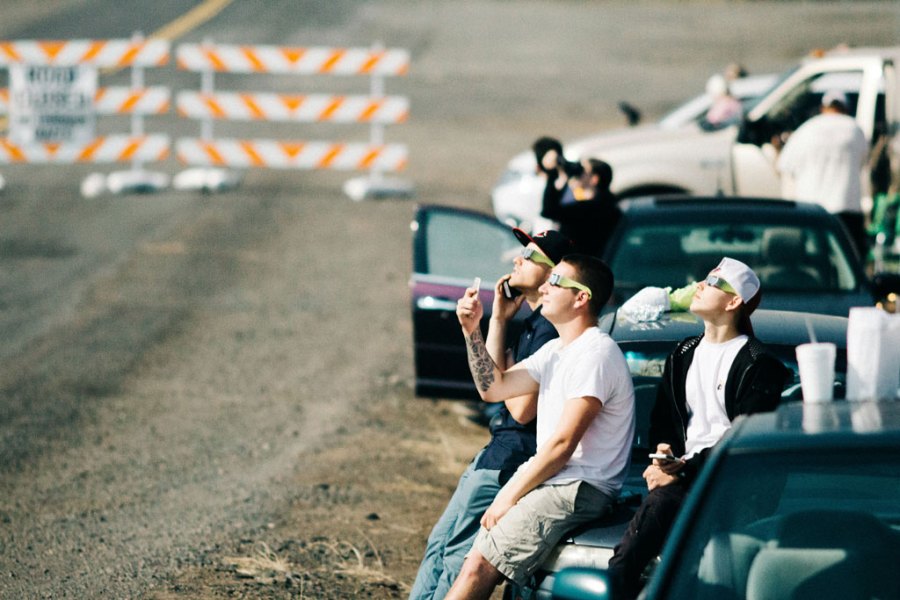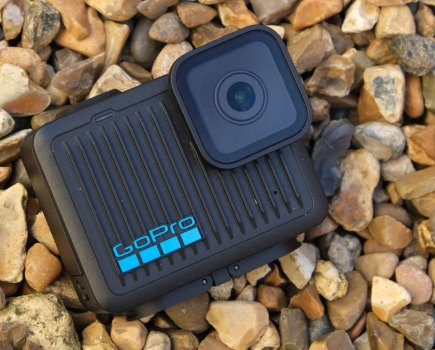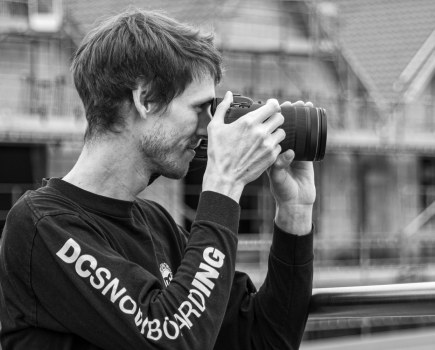Today (Monday) several parts of the US will experience a once-in-a-lifetime major astro-phenomenon – a total solar eclipse from 11:07 AM (PT). Here in the UK we will be treated to a partial eclipse at sunset, 7.55 PM (BST)- clouds permitting. Here are some tips on how to view and photograph an event like this safely.
Where to view the solar eclipse
While the UK will only experience a partial eclipse – if the clouds disappear – the people of the US will be treated to one of the most dramatic and exciting natural phenomena that we can ever see: a total solar eclipse.
The path of totality – where the moon covers the entire sun – covers 10 US states, but a partial eclipse will be visible across 49 states as it makes its way through the continent from West to East over the course of almost three hours. You can see a live TV broadcast of the solar eclipse on National Geographic Channels or stream live on Disney+ or Hulu. NASA has built a detailed web page on the eclipse, with its own livestream show discussing the phenomenon here. You can see a map of the moon’s path across the sun – at least the slither that is viewable in the UK – on this website.

The full eclipse will first appear over Mexico’s Pacific coast at 6.07 PM (BST) before arcing its way through the US to end on the Atlantic coast of Newfoundland by 8.46 PM (BST), each area will see approximately 2-3 minutes of total darkness as the phenomenon passes overhead.
For the millions of those not under the path, though, there’s still plenty to see and photograph – a partial eclipse is still a fascinating and an incredible sight to see.
Residents of England, Wales, Scotland and Northern Ireland are expected to get a view of the partial eclipse this evening just before sunset, starting at around 7.55 PM.
Stay safe by using filters
If you’re out to photograph the eclipse, total or partial, it’s important to remain safe – even a 99% partial eclipse is bright enough to blind the unwary viewer, so great care must be taken at all times – including for your camera.
Fortunately, safe and inexpensive solar filters are available.
The most popular is the Baader Astro Solar film. It’s a sheet of high-quality Mylar that is designed to block the sun’s visible light and all the other dangerous wavelengths of light (ultraviolet, infrared, and so on) to deliver a safe view that is ideal for photography with DSLR cameras.
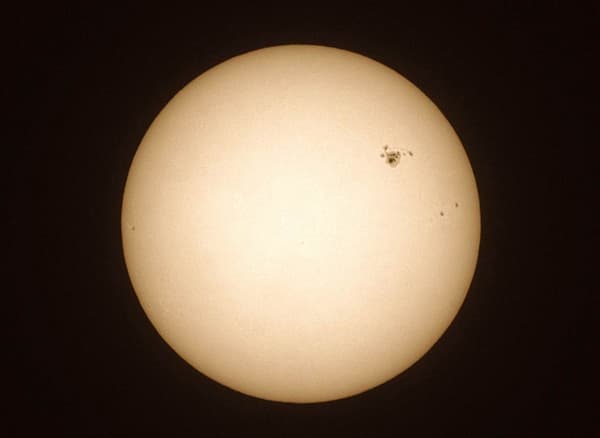
The filter is purchased as an A4-sized sheet and the material is cut and mounted onto the front aperture of a lens. The good news is that the A4 film is quite cheap (about £20) but if there is a downside it’s that you have to take great care when making custom-made filter holders.
The procedure isn’t difficult and can be carried out using scissors, sticky tape and cardboard, but it’s critical that once the filter is attached to the lens it is safely secured and can’t be knocked off the lens or blown off by the wind while being used.
It should also be regularly checked for scratches and pinholes that could let dangerous amounts of unfiltered sunlight through.
How to photograph the eclipse
Best results will come from using mid- to long-focal-length telephoto lenses. Bear in mind, though, that we are photographing the sun from a rotating planet and for this reason every astronomical object (moon, sun, stars) appear to move across the sky quite quickly when using long-focal-length lenses, so you’ll be continually re-centring the sun in the frame.
It’s not too much of a problem as the eclipse progresses at a leisurely pace, so you can be sure to get good focus and composition without having to hurry.
The Mylar film will produce images of the sun that have a whitish-purple tinge to them, which many find unattractive, but it easy to assign a small amount of false colour using the Colour Balance menu in a photo-editing app or program to just ‘warm up’ the colour of the sun.
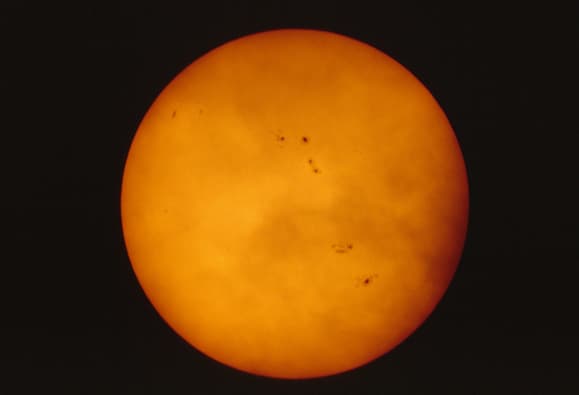
If you’re lucky, there may be several sunspots visible on the solar surface if you’re viewing a partial eclipse. These will looks like tiny dark markings, although longer lenses may show some structure and these will certainly add some interest to the eclipse photography. Sunspots are areas on the sun that are about 2,000°C cooler than the sun’s surface (known as the photosphere and radiating at just under 6,000°C).
Even if working with short-focal-length lenses, it’s possible to be creative and show composited images of multiple stages of the eclipse, perhaps set against a dramatic landscape.
How to photograph the solar eclipse using a card and pinhole
Another option is to project an image of the eclipse and photograph that. All you need to do is make a small hole in an opaque piece of card and project the sun’s image onto a second, white piece of paper or card.
Line up the pinhole and white card with the direction of the sun, without looking through the pinhole!
Interestingly, if you are observing the sun near to a tree that has leaves on it, you may get to see multiple images of the eclipsed sun on the floor as its light is broken up by the leaves.
This is a safe way to observe the eclipse if you don’t have any proper filters. Don’t be tempted to close your lens down all the way and assume that enough attenuation of the sun’s light will occur as it won’t, and also don’t be tempted to use any other form of opaque material to block the sun as this is very unsafe.
With luck, you should be able to get some good pictures of this unusual natural event but please take great care to protect your eyesight and equipment!
Amazing photos of the 2017 total Solar Eclipse

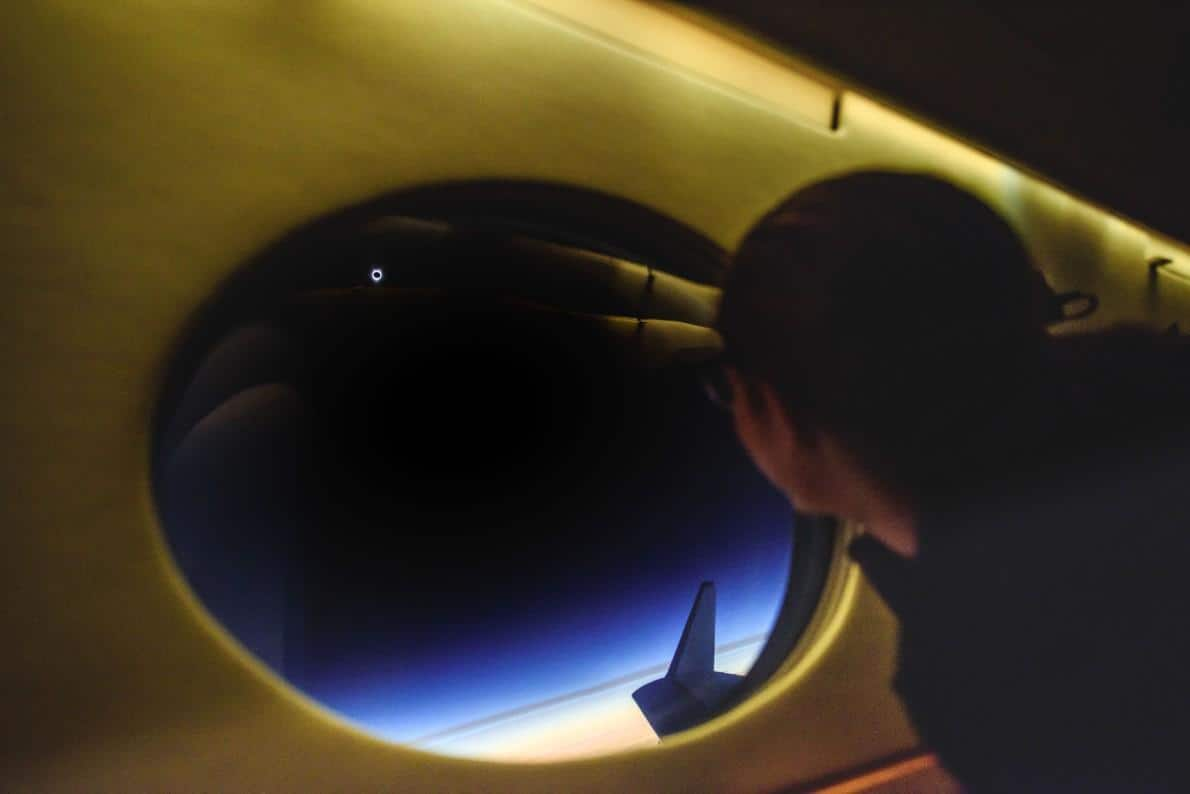
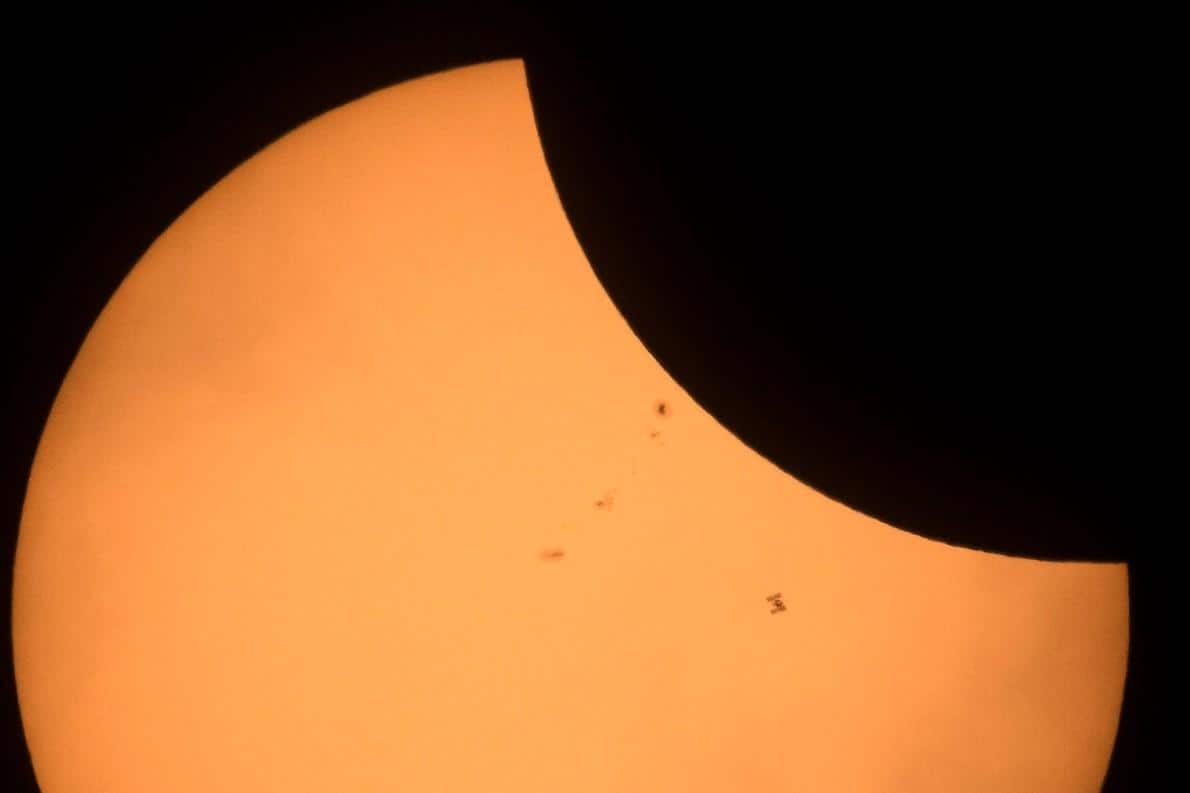

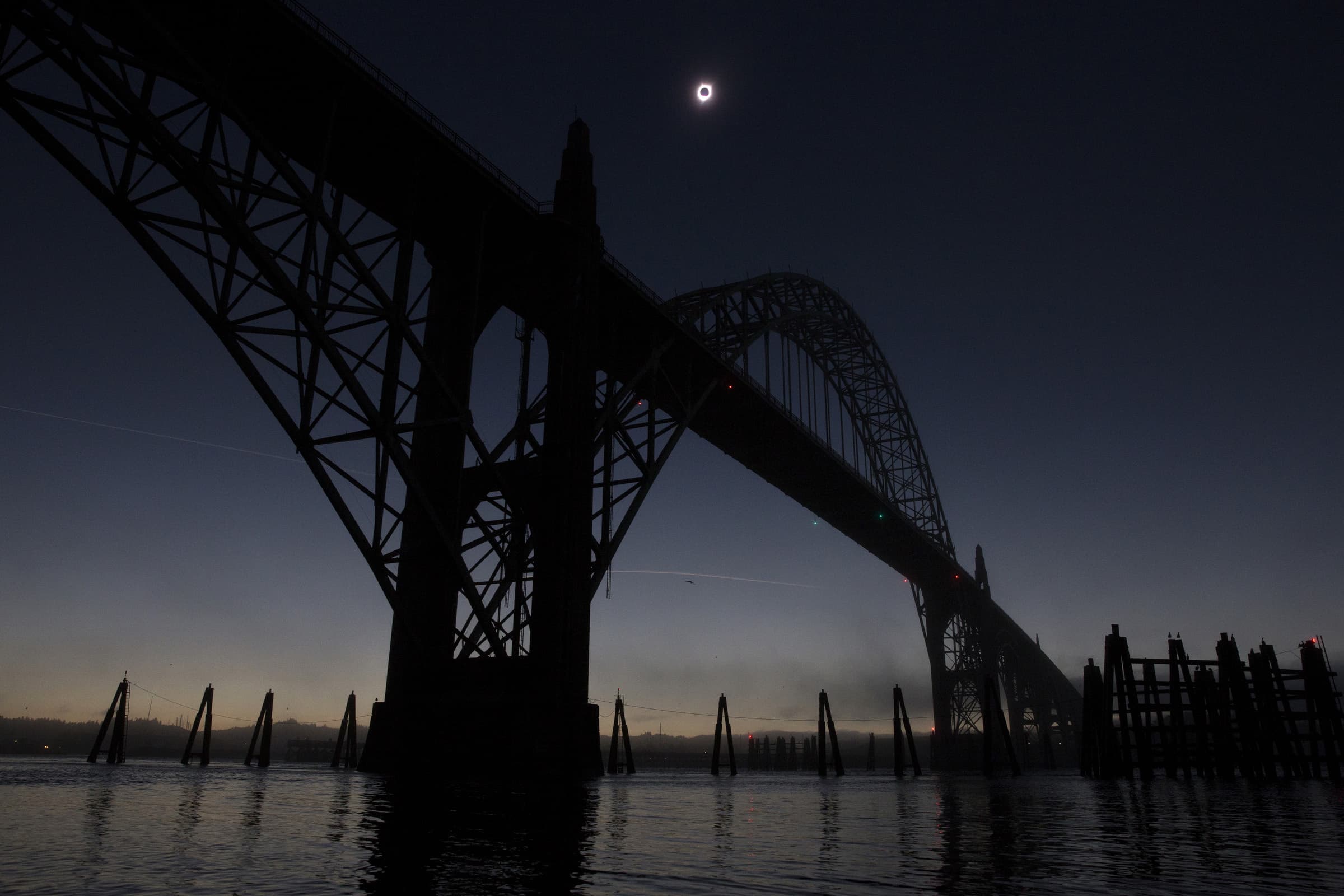



Related reading:

